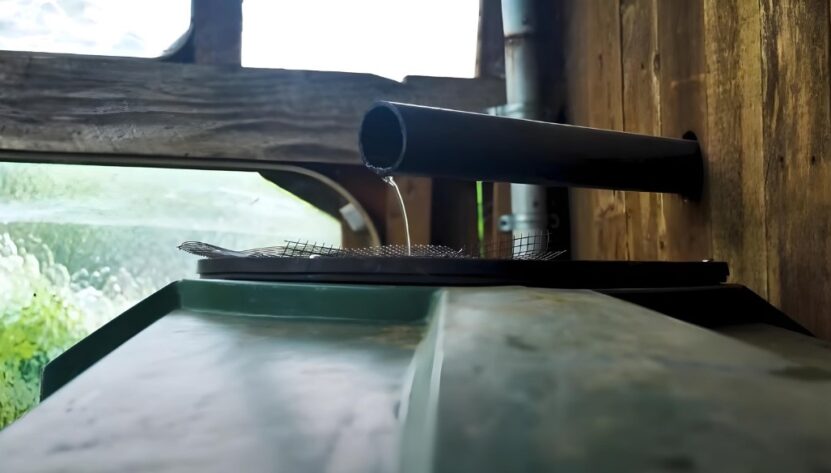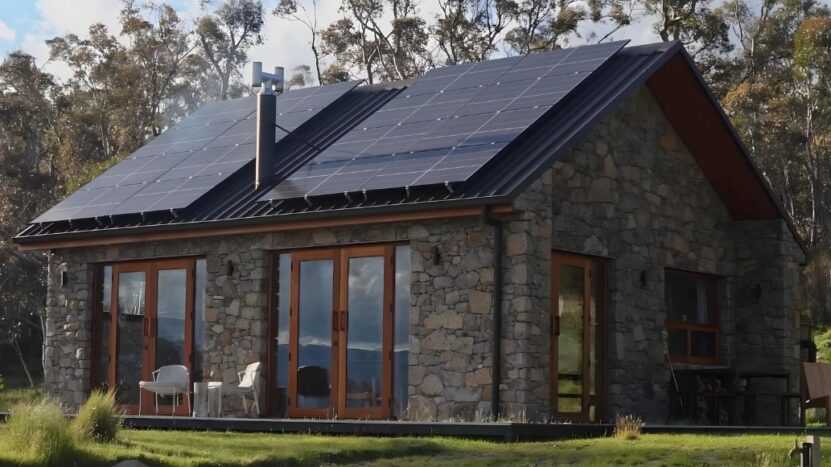If you’re like me, you’re always on the lookout for ways to live a bit more sustainably and save some money while you’re at it. One great method that often flies under the radar is rainwater harvesting.
Today, I’ll walk you through the basics and some essential tips for setting up your rainwater harvesting system.
How Does Rainwater Harvesting Work?
Rainwater harvesting is a method of collecting and storing rainwater for later use. Typically, water is collected from rooftops via gutters and funneled into a storage tank.
One fascinating fact: just one inch of rain on a 1,000-square-foot roof can yield about 600 gallons of water. That’s a lot of potential savings!
Benefits
If you wonder why even bother collecting rainwater, here are a few compelling reasons:
- Water Conservation: Reduce your reliance on municipal water supplies.
- Lower Water Bills: Using free rainwater can significantly cut your utility bills.
- Improved Plant Health: Rainwater is free from many chemicals found in tap water, making it great for gardens.
- Emergency Supply: Have a backup water source in case of supply disruptions.
Fun Fact: Did you know that rainwater harvesting dates back to ancient times? Civilizations like those in the Indus Valley, Rome, and China all practiced rainwater collection.Cisterns used for rainwater harvesting have been found in places like Israel and Crete, dating back to Neolithic times.
Legal Considerations
Before you start, it’s crucial to check local laws. In the U.S., the legality of rainwater harvesting varies by state. Some states offer incentives, while others have restrictions.
Make sure you’re compliant with local regulations, and double-check if everything is up to standards so that you begin with this project.
Setting Up Your System
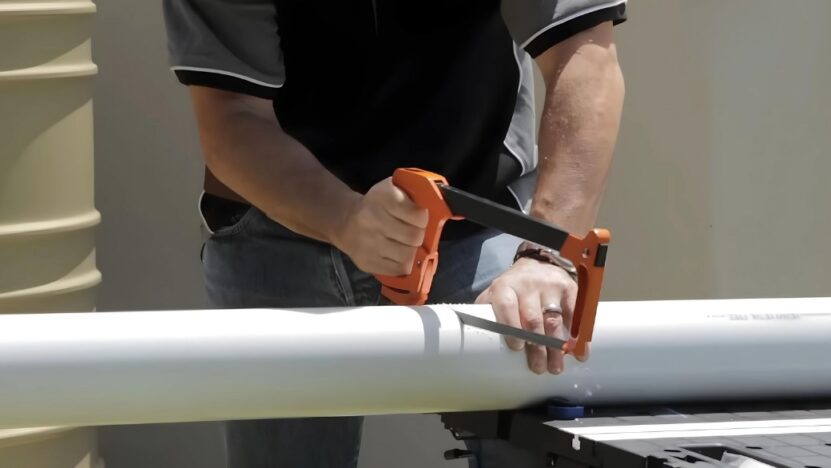
Types of Collection Systems
There are several ways to collect rainwater:
- Rain Barrels: Simple and cost-effective, these are great for small-scale garden watering.
- Cisterns: Larger and more complex, these can store significant amounts of water and may involve pumps and piping.
- Underground Storage Tanks: These save space and can store large volumes of water.
Collection Techniques
There are two primary techniques for rainwater harvesting:
- Surface Runoff: Collects water from a flat surface like a roof into a storage container.
- Groundwater Recharge: Involves collecting runoff at ground level into a cistern or reservoir.
What Can You Use Rainwater For?
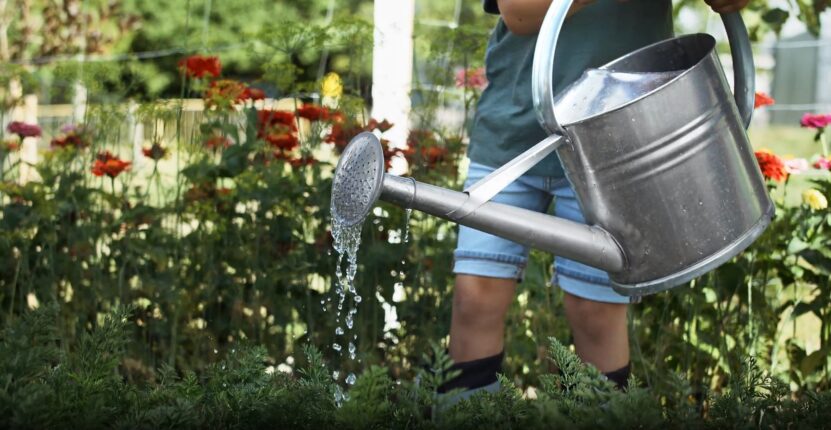
Once collected, rainwater can be used for the following purposes:
- Garden Irrigation: Plants love the chemical-free water.
- Flushing Toilets: Reduce indoor water use.
- Household Plumbing: With proper treatment, rainwater can be used for drinking and cooking.
Purifying
Drinking untreated rainwater isn’t the best idea. There could be all sorts of nasty stuff in there, like bacteria and pollutants, that can all be damaging to your health. But don’t lose hope just yet!
If you give it the right treatment, that rainwater can be absolutely drinkable. Let me share some cool purification methods with you:
- Boiling: Kills bacteria and viruses.
- Filtration: Removes physical contaminants.
- Chemical Treatment: Chlorine or iodine can disinfect water.
- UV Treatment: Uses ultraviolet light to kill microorganisms.
- Distillation: Separates pure water from contaminants.
System Maintenance
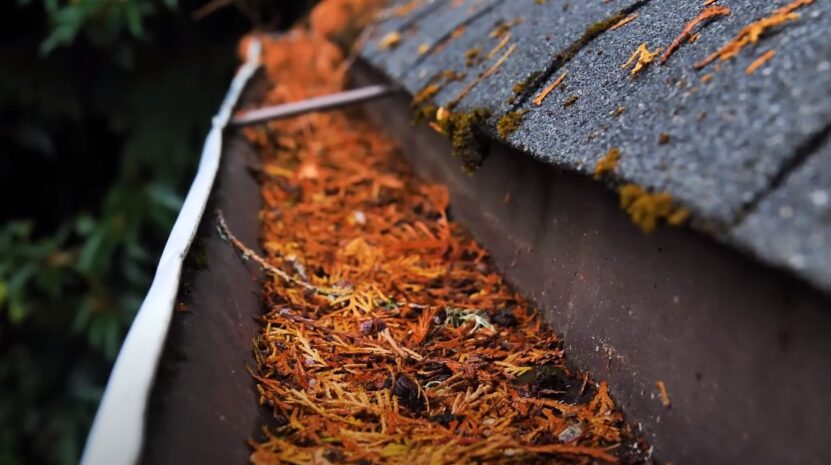
Like any system, rainwater harvesting setups need regular maintenance:
- Clean Storage Tanks: Prevent algae and sediment buildup.
- Winterize Pipes: In colder climates, prevent pipes from freezing.
- Inspect Filters: Ensure filters are working correctly and replace them as needed.
Cost and Investment
Here’s the deal: getting a rainwater harvesting system set up might seem a little expensive at first, with prices ranging from $3,000 to $20,000 depending on how fancy you want to go. But hey, don’t sweat it! Think of it as a smart investment that pays off in multiple ways.
Not only are you doing Mother Nature a solid, but you’re also giving your wallet a break, at least in the long term. Trust me, the money you’ll save on water bills and the perks it’ll bring to your garden and household will totally make it worth it in the long run.
Economic and Environmental Benefits
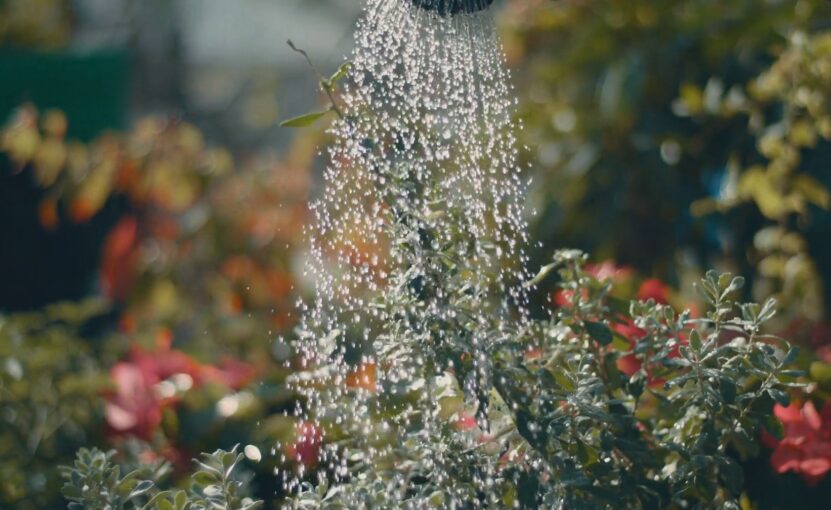
Aside from reducing your water bills, rainwater harvesting helps conserve natural water resources. It also reduces stormwater runoff, which can prevent erosion and lessen the load on municipal systems.
Additional Applications and Advantages
Rainwater can be a boon for:
- Gardening and Irrigation: Keeps your plants happy and chemical-free.
- Personal Hygiene and Laundry: Soft, untreated water is gentle on skin and clothes.
- Municipal System Relief: Lowers the demand on public water systems, especially in drought-prone areas.
Global Practices
Did you know that rainwater harvesting is not just a thing in the U.S.? It’s actually pretty popular worldwide. Cities all over our planet, from Australia to Brazil to Germany, are rocking these huge systems to capture and make use of rainwater.
And let me tell you, these systems are seriously awesome. They’ve been doing wonders in tackling water scarcity and helping us manage resources in a more sustainable way.
Final Thoughts
Rainwater harvesting is a cool way to manage water use that’s both sustainable and easy on your wallet. Sure, setting it all up might seem a bit intimidating at first, but trust me, the perks totally outweigh the effort. And guess what? It feels so darn good to know that you’re doing your part to make the planet happier and healthier.
So, why not give it a shot? You can start small with a rain barrel or go all out with a fancy cistern. Either way, you’ll be joining the ranks of those awesome people who are building a more sustainable future.


